As reported by DJI’s official YouTube channel, the renowned drone manufacturer has achieved a remarkable feat by flying their DJI Mavic 3 Pro drone along the entire climbing route of Mount Everest, reaching the summit at an astonishing altitude of 29,029 feet (8,848 meters).
Tracing the Climbers’ Path
The drone’s journey began at the Everest Base Camp, situated at 17,388 feet (5,300 meters), and followed the same trail used by mountaineers in their ascent. The video showcases the drone’s progression through various camps:
- Camp One: 19,685 feet (6,000 meters)
- Camp Two: 21,325 feet (6,500 meters)
- Camp Three: 23,622 feet (7,200 meters)
- Camp Four: 26,083 feet (7,950 meters)
Entering the Death Zone
As the drone surpassed the 26,247-foot (8,000-meter) mark, it entered what climbers refer to as the “death zone.” This area is known for its extremely thin air and the high risks associated with prolonged exposure to such altitudes.
Final Ascent
The Mavic 3 Pro continued its climb, capturing footage of:
- The Everest Balcony: 27,559 feet (8,400 meters)
- The Hillary Step: 28,543 feet (8,700 meters)
- The Summit: 29,029 feet (8,848 meters)
Technical Challenges
Flying a consumer drone at such extreme altitudes presents significant technical challenges. While DJI has not confirmed any specific modifications, it’s speculated that adjustments to both hardware and software may have been necessary to achieve this feat.
A commenter on the video raised a pertinent question: “Wait, I thought the max takeoff altitude was 6000m?” This highlights the extraordinary nature of this accomplishment, as it far exceeds the typical operational limits of consumer drones.
We suspect that DJI, first of all removed the elevation limiter, and secondly, perhaps allows the drone propellers to spin faster to accommodate for the thin air at such high elevations, and provide enough lift for the drone to fly over the summit of Mount Everest.
DroneXL’s Take
This groundbreaking flight by the DJI Mavic 3 Pro demonstrates the rapid advancements in Drone Technology and its potential for capturing footage in previously inaccessible locations. It opens up new possibilities for documentary filmmaking, scientific research, and even Search and Rescue operations in high-altitude environments.
While this achievement is impressive, it’s important to note that flying drones at such extreme altitudes requires careful planning, potentially specialized equipment, and adherence to local regulations. As drone technology continues to evolve, we can expect to see more incredible feats that push the boundaries of what’s possible in aerial cinematography and exploration.
Keep in mind that this is not the first time a drone from DJI has been flown at such high altitudes, back in 2022 we reported on these amazing shots of a DJI Mavic 3 drone flying around the tallest mountain on earth and more recently we reported on a DJI FlyCart 30 drone used to bring supplies and remove garbage from Mount Everest.
For more information on the latest drone technologies and their applications, check out our recent articles on drone technology advancements at DroneXL.co.
Discover more from DroneXL
Subscribe to get the latest posts sent to your email.

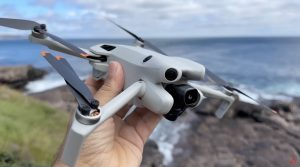

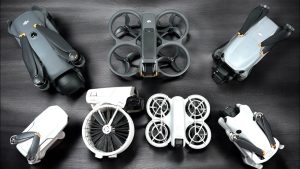
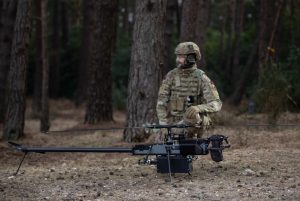
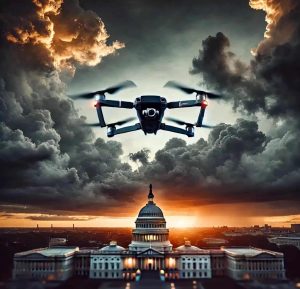

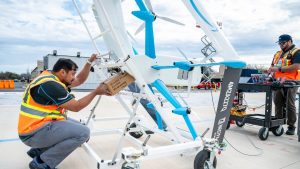
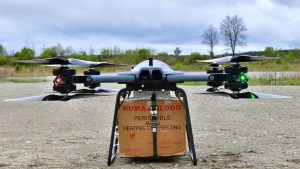
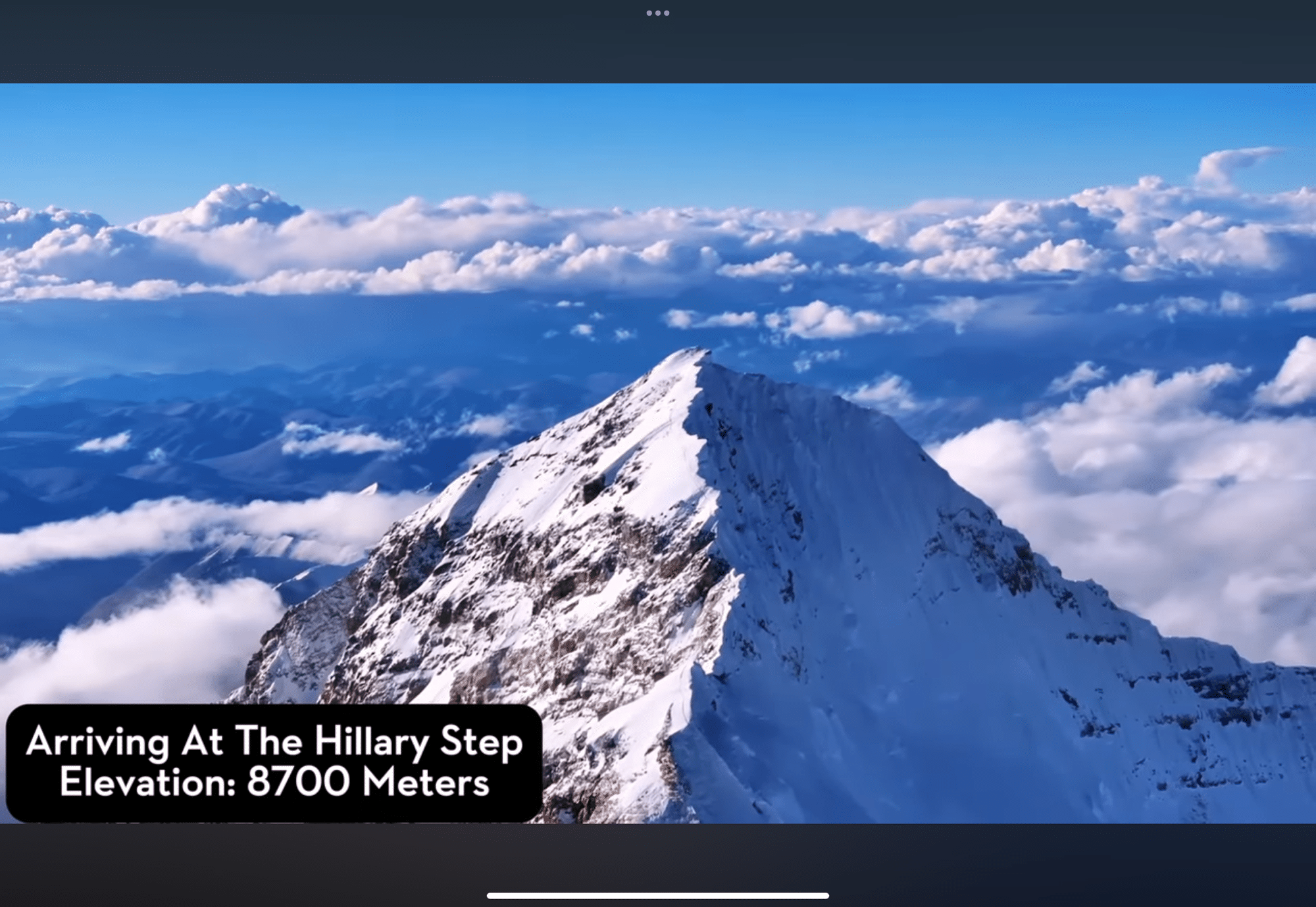

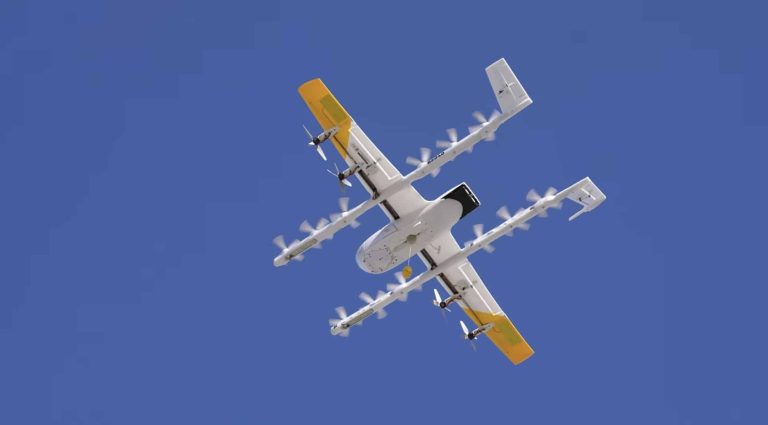
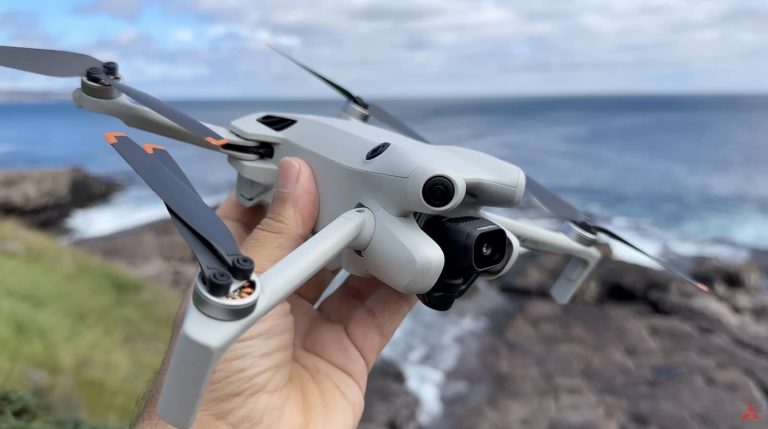
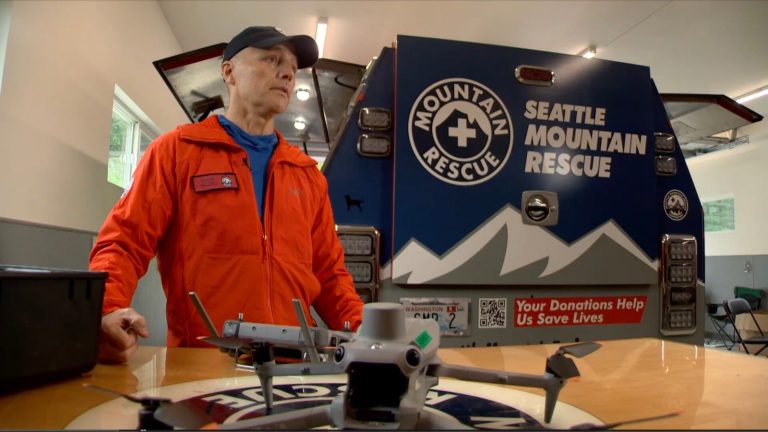
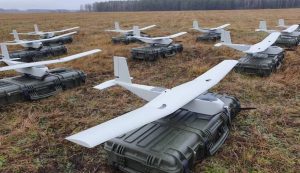

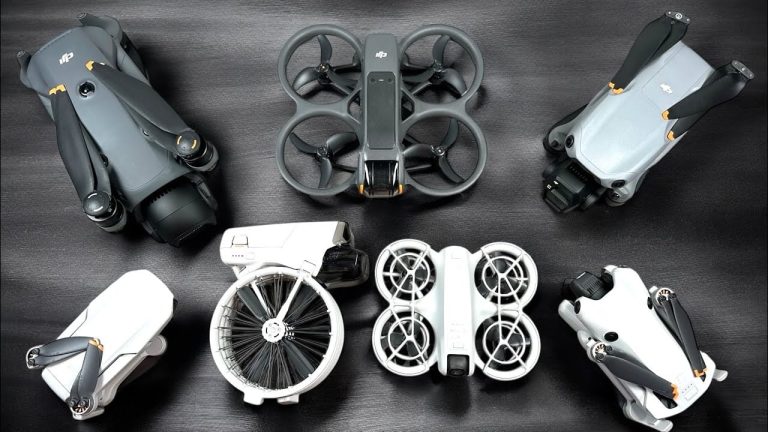

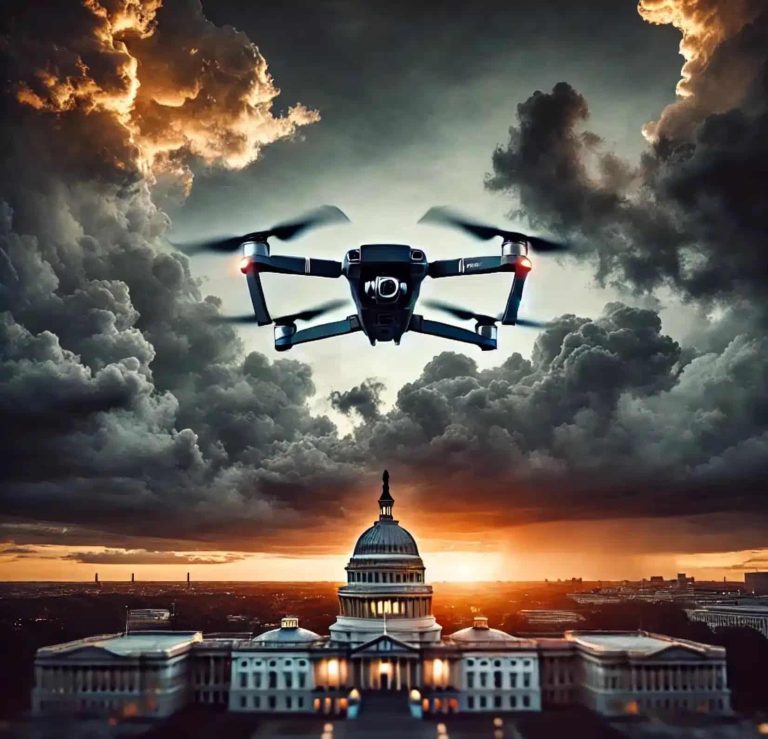
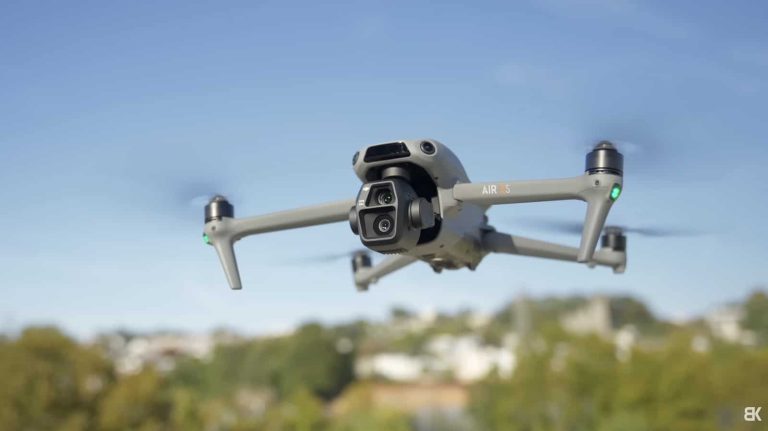
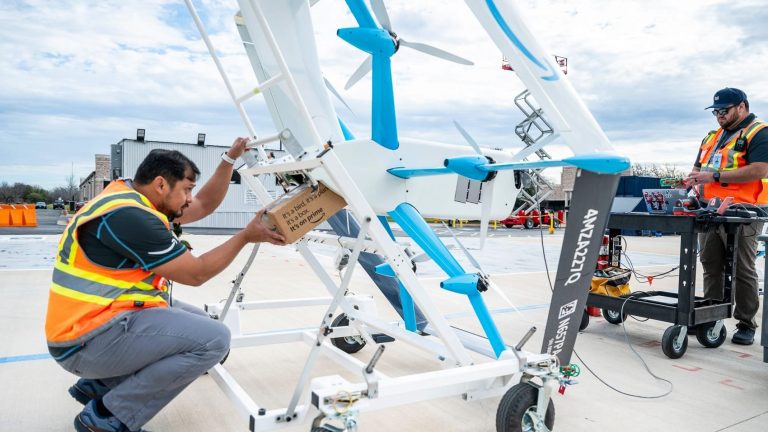
+ There are no comments
Add yours